 1998 Chevrolet Metro (MR226) Dimensions, Size & Specs
1998 Chevrolet Metro (MR226) Dimensions, Size & SpecsMeasurements of the 1998 Chevrolet Metro, engineered for optimal performance and comfort
| Dimensions | |
|---|---|
| Length: | 3790 mm149.2 in12.4 ft |
| Width: | 1590 mm62.6 in5.2 ft |
| Height: | 1390 mm54.7 in4.6 ft |
| Trunk Capacity: | 240 liter8.5 cu ft |
| Trunk Capacity (Max): | 635 liter22.4 cu ft |
| Weight Specifications | |
| Curb Weight: | 860 kg1896 lbs |
| Tire Specifications | |
| Tire Size: |
|
The Chevrolet Metro (MR226) hatchback, produced between 1998 and 2007, is a compact city car designed with efficiency and practicality in mind. Measuring 3790 mm (149.2 inches) in length, 1590 mm (62.6 inches) in width, and 1390 mm (54.7 inches) in height, this small hatchback provides a nimble footprint suitable for urban driving and tight parking spaces. With a curb weight of just 860 kg (1896 lbs), the Metro offers lightness that contributes to its fuel efficiency and ease of handling.
Despite its compact size, the Metro features a reasonably spacious luggage capacity of 240 liters (8.5 cubic feet), which expands significantly to 635 liters (22.4 cubic feet) with the rear seats folded down, accommodating larger loads when necessary. This practical versatility makes the Metro a useful choice for commuters or small families seeking a budget-friendly, efficient vehicle.
Fitted with 155/80 R13 tires, the Metro balances road grip and comfort, emphasizing economical driving characteristics. The hatchback body style further enhances its user-friendly nature by providing accessible rear storage and a compact silhouette.
Overall, the Chevrolet Metro (MR226) stands out as an economical, city-oriented compact hatchback. Its modest dimensions, lightweight design, and flexible cargo space offer excellent value for those prioritizing fuel economy and maneuverability without sacrificing essential practicality.
Discover the standout features that make the 1998 Chevrolet Metro a leader in its class
Have a question? Please check our knowledgebase first.
The 1998-2007 Chevrolet Metro (MR226) hatchback is a compact vehicle measuring 3790 mm (149.2 inches) in length, 1590 mm (62.6 inches) in width, and 1390 mm (54.7 inches) in height. These dimensions make the Metro a small and maneuverable car, suitable for urban driving and tight parking spaces. Its compact size allows it to easily navigate crowded city streets while still providing reasonable interior space for passengers and cargo.
The curb weight of the 1998-2007 Chevrolet Metro (MR226) is approximately 860 kg (approximately 1896 lbs). This relatively light curb weight contributes positively to the vehicle’s fuel efficiency and handling. A lighter car generally requires less energy to move, which can result in better miles per gallon or kilometers per liter compared to heavier vehicles. The Metro’s low weight helps it achieve respectable fuel economy figures, making it an economical choice for budget-conscious drivers.
The Chevrolet Metro (MR226) offers a luggage capacity of 240 liters (approximately 8.5 cubic feet) with the rear seats in their upright position, suitable for everyday shopping or small luggage. When the rear seats are folded down, the capacity expands significantly to 635 liters (around 22.4 cubic feet), providing considerably more cargo space for larger items or increased hauling needs. This flexibility makes the Metro practical for both daily commutes and occasional cargo transport.
Yes, the Chevrolet Metro MR226 hatchback fits comfortably into a standard garage. With an overall length of 3790 mm (149.2 inches) and width of 1590 mm (62.6 inches), it is smaller than many compact and midsize cars, allowing for easier parking in typical residential garages. Its height of 1390 mm (54.7 inches) also ensures enough vertical clearance for most garages. This compact size offers convenience for urban dwellers and those with limited parking space.
At 1590 mm (62.6 inches) wide, the Chevrolet Metro MR226 is narrower than many competitors from the late 1990s and early 2000s, which often measure between 1650 mm and 1750 mm (about 65 to 69 inches) wide. This narrower width helps the Metro stand out for urban driving, as it allows easier maneuvering through traffic and tighter parking spaces. However, the tradeoff is slightly reduced interior shoulder space compared to wider hatchbacks, which can affect passenger comfort marginally.
The Chevrolet Metro MR226 is equipped with tires sized 155/80 R13. These relatively small tires contribute to a softer ride, absorbing road imperfections more effectively and providing a cushioned driving experience. The narrower width also aids in fuel efficiency by reducing rolling resistance. However, smaller wheels can limit cornering capability compared to larger wheels, but given the Metro’s design focus on economy and urban practicality, this tire size is a balanced choice for everyday driving.
Compared to its predecessor, the Chevrolet Metro MR226 saw modest changes in external dimensions. The overall length of 3790 mm (149.2 inches) remained relatively consistent, maintaining the compact footprint characteristic of previous models. The slight tweaks in width and height enhanced interior packaging without making the car overly large. These dimension updates helped maintain the Metro’s reputation for city-friendly size while improving ergonomics and cargo capacity over earlier versions.
The Chevrolet Metro MR226 is generally comparable in overall size to rivals like the Suzuki Swift and Ford Fiesta of the late 1990s and early 2000s. While the Metro measures 3790 mm in length and 1590 mm in width, the Suzuki Swift rounds about 3700 mm long and slightly wider, and the Ford Fiesta measures around 3750-3800 mm long with similar or slightly wider width. In terms of cargo capacity, the Metro's 240 liters standard and 635 liters folded are competitive but slightly smaller than some variants of Swift and Fiesta, which offered marginally more flexible interiors.
The interior height of the Chevrolet Metro MR226, reflecting the vehicle’s overall height of 1390 mm (54.7 inches), generally provides adequate headroom for average height adults. Although it may feel a bit cozy compared to taller hatchbacks or compact SUVs, the Metro’s design prioritizes a low-profile, aerodynamic shape balancing interior space and external compactness. Taller passengers might find headroom slightly limited, but for most users, it provides satisfactory comfort.
The Metro’s compact width of 1590 mm (62.6 inches) offers significant practical advantages in city driving environments. Narrower vehicles can more easily navigate tight streets, fit into parallel parking spaces, and avoid obstacles with less risk of side-scrapes. This size benefit contributes to enhanced agility and ease of parking, making the Metro especially appealing for urban dwellers facing congested roads and limited parking availability. This width also allows for better fuel efficiency due to lower aerodynamic drag.
Discover similar sized cars.
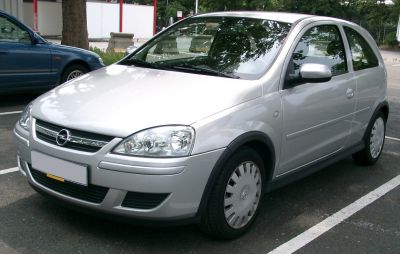
| Production: | 2003-2006 |
|---|---|
| Model Year: | 2004 |
| Length: | 3839 mm151.1 in |
| Width: | 1646 mm64.8 in |
| Height: | 1440 mm56.7 in |
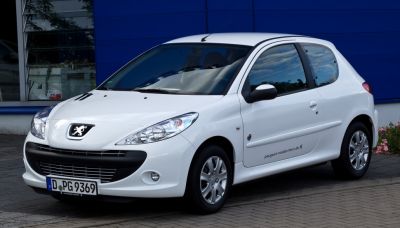
| Production: | 2009-2013 |
|---|---|
| Model Year: | 2009 |
| Length: | 3872 mm152.4 in |
| Width: | 1655 mm65.2 in |
| Height: | 1446 mm56.9 in |
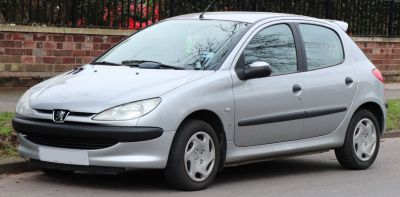
| Production: | 1998-2003 |
|---|---|
| Model Year: | 1998 |
| Length: | 3835 mm151.0 in |
| Width: | 1652-1673 mm65.0-65.9 in |
| Height: | 1426-1432 mm56.1-56.4 in |
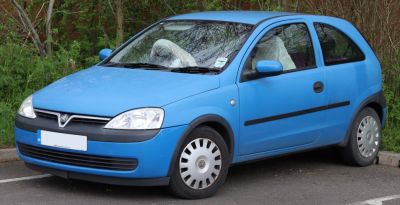
| Production: | 2000-2006 |
|---|---|
| Model Year: | 2000 |
| Length: | 3838 mm151.1 in |
| Width: | 1646 mm64.8 in |
| Height: | 1440 mm56.7 in |
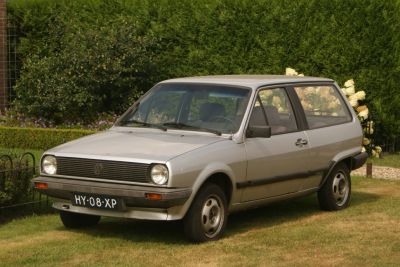
| Production: | 1981-1994 |
|---|---|
| Model Year: | 1981 |
| Length: | 3765 mm148.2 in |
| Width: | 1570 mm61.8 in |
| Height: | 1350 mm53.1 in |
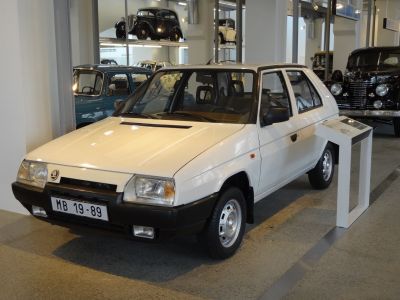
| Production: | 1989-1994 |
|---|---|
| Model Year: | 1990 |
| Length: | 3815 mm150.2 in |
| Width: | 1620 mm63.8 in |
| Height: | 1415 mm55.7 in |
